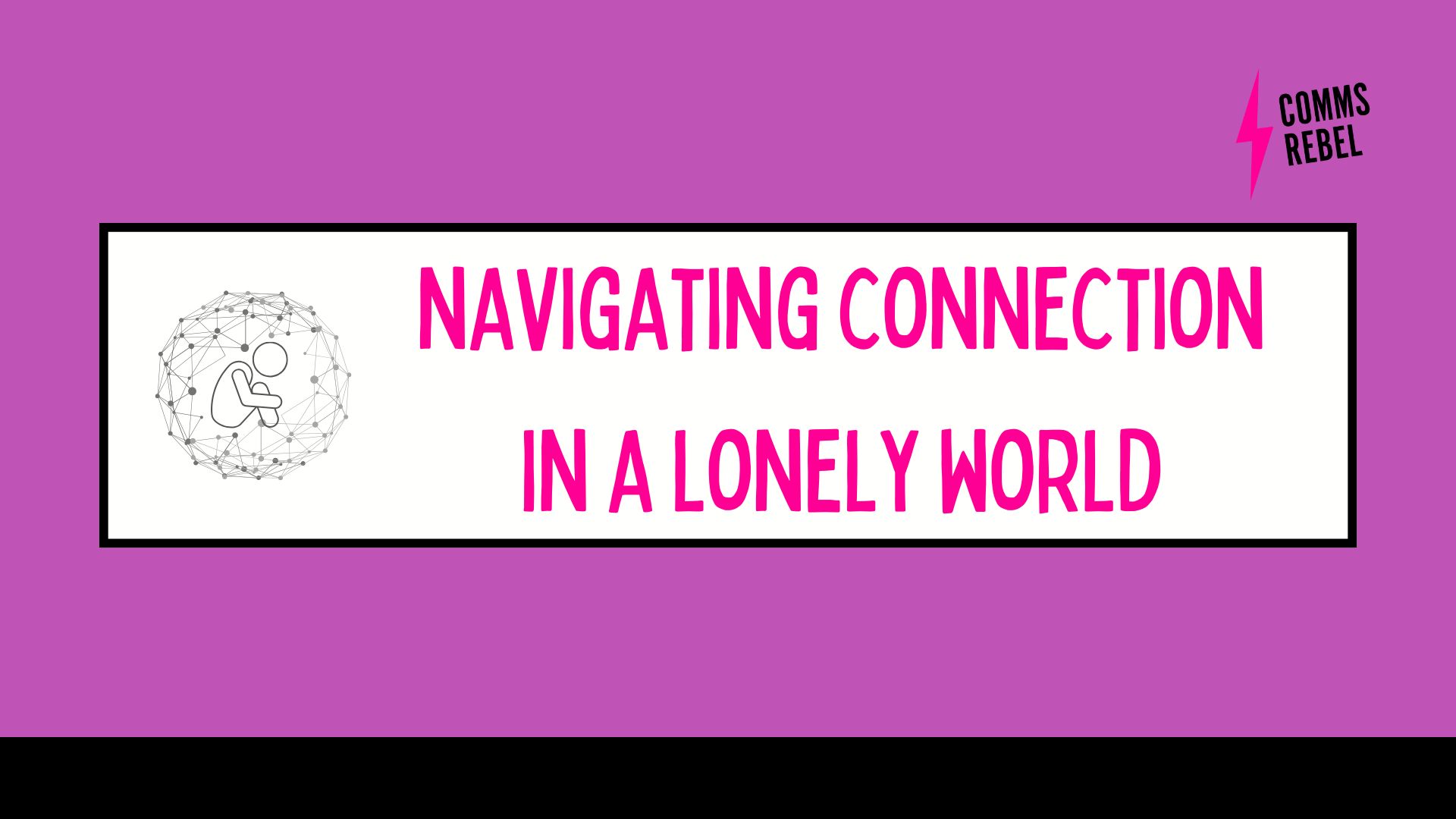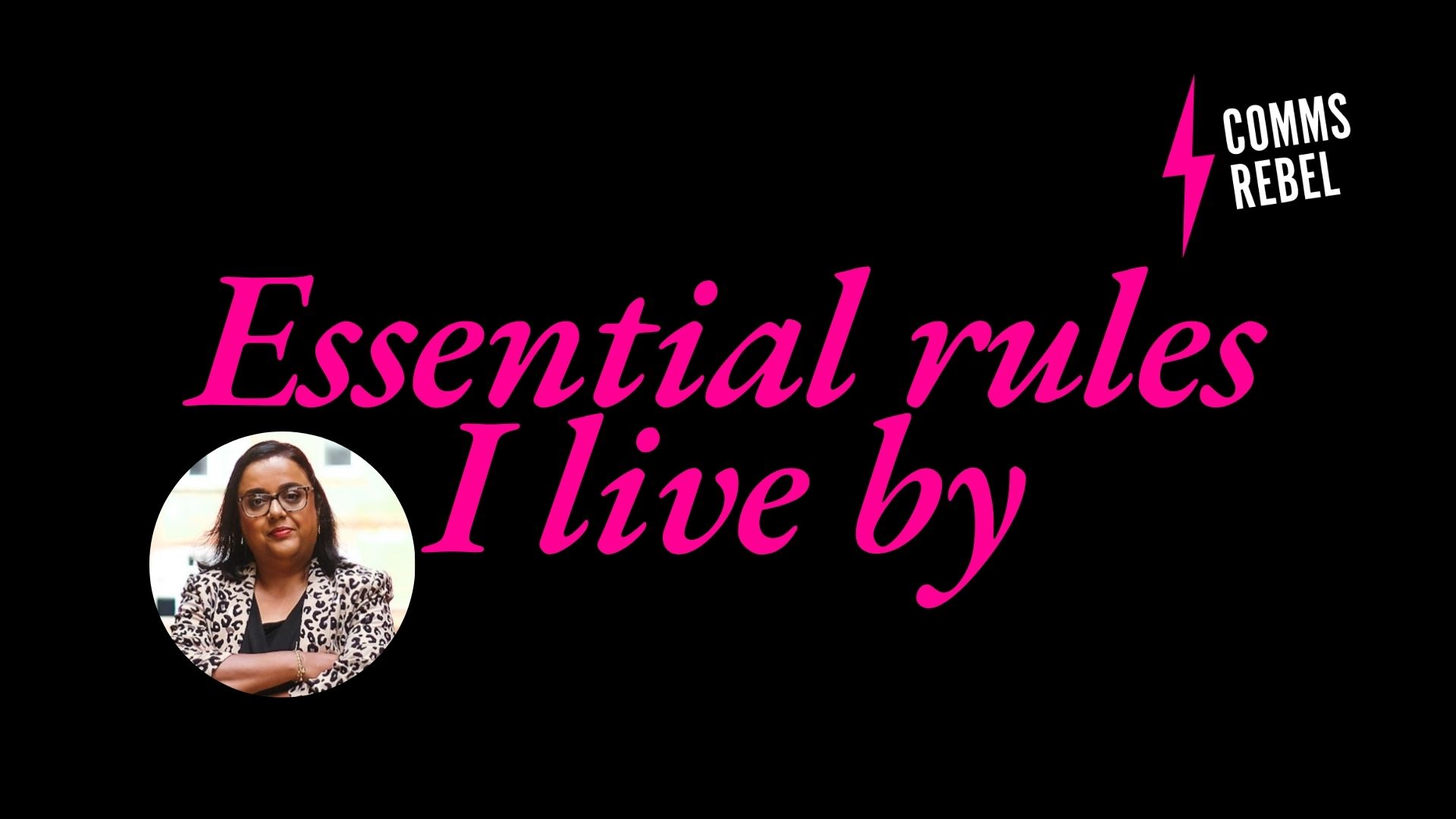Effective internal communication is more than just pushing out announcements or organisation updates. It’s about creating a two-way conversation that encourages engagement, trust, and a sense of belonging among colleagues. However, one of the most common mistakes I see time and time again is treating internal communications as a one-way broadcast. This approach not only leads to disengagement but can also have a detrimental impact on workplace culture.
74% of colleagues feel they’re missing out on organisation news due to inadequate internal communication (Oak Engage)
The pitfalls of one-way communication
Organisations often invest in engagement strategies, roll out Diversity, Equity, and Inclusion (DEI) initiatives, and proudly share their organisation values. But sometimes their internal communications do not align, sending mixed messages. Here are some common mistakes seen in internal communication strategies:
1. Announcements that dictate rather than invite discussion
Many company-wide messages are structured as top-down directives. Colleagues receive policies, strategic updates, or new initiatives with little to no opportunity for feedback. When there is no space for discussion, colleagues may feel that their perspectives don’t matter, leading to disengagement.
2. Policies that feel like rules, not purpose-driven messaging
Corporate policies should align with an organisation’s values and mission. However, when they are framed as rigid rules rather than guidelines that serve a shared purpose, they can feel restricted and disconnected from organisation culture. This can create resistance and limit colleague buy-in.
3. Information overload in inboxes
Many colleagues experience inbox fatigue due to the sheer volume of internal emails they receive daily. When communication becomes noise rather than meaningful connection, important messages can get lost, and colleagues may disengage from internal updates altogether.
4. Leadership updates with no space for colleague input
When leadership regularly shares updates without inviting responses or discussions, it sends the message that colleagues’ voices don’t matter. Without open channels for colleagues raise questions, be curious, or contribute to the conversation, the connection between leadership and the workforce weakens.
The impact on workplace culture
When colleagues feel unheard, disengaged, or overwhelmed by ineffective communication, workplace culture suffers. A culture of one-way communication can lead to:
- Lower engagement
- Reduced trust
- Lack of innovation
- Higher turnover
This ultimately affects productivity, colleague satisfaction, and the overall success of an organisation. Studies have shown that organisations with effective internal communication strategies experience higher levels of colleague retention and job satisfaction. Colleagues want to feel included, heard, and valued – and communication plays a critical role in achieving this.
Organisations with effective communication strategies are 50% more likely to experience lower employee turnover (AIScreen)
Creating a culture of two-way communication
So how can organisations shift from broadcasting information to building meaningful dialogue?
Here are some key strategies:
1. Make internal communications interactive
Before sending another all-colleague email or scheduling a town hall, ask: How can we make this more interactive?
- Use internal platforms where colleagues can react, comment, and discuss updates.
- Encourage managers to host small-group discussions about important organisational changes.
- Create open Q&A forums where colleagues can voice concerns and ask leadership questions.
2. Bring colleague voices into updates
Instead of leadership updates that only filter information downwards, consider: How can we bring colleague voices into the conversation?
- Feature colleague testimonials or success stories in organisation-wide emails.
- Use polls and surveys to gather colleague perspectives before announcing decisions.
- Encourage leaders to hold live, interactive sessions where colleagues can engage directly.
3. Co-create content
Rather than pushing content, ask: How can we co-create this with colleagues?
- Involve colleagues in shaping internal messaging through focus groups or brainstorming sessions.
- Highlight diverse colleague perspectives in internal newsletters.
- Allow teams to contribute their own updates to organisation-wide communication channels.
Colleagues who experience transparent communication are 12 times more likely to be satisfied with their jobs (Sociabble)
Shifting from broadcasting to belonging
Prioritising two-way internal communication isn’t just a nice-to-have, it’s essential for building a thriving and innovative workplace. Colleagues who feel heard and engaged contribute more meaningfully to the organisation, driving both culture and business success.
Teams that communicate effectively can see a productivity increase of up to 25% (Sociabble)
What one internal comms change made a real impact in your organisation?
CommsRebel positively disrupts workplace cultures through effective internal communication. If you would like to cultivate a thriving inclusive culture so colleagues unleash their full potential, we can help. Get in touch and let’s have a chat!
PS. If you enjoyed this post, check out 4 communication preferences to help influence leaders.


